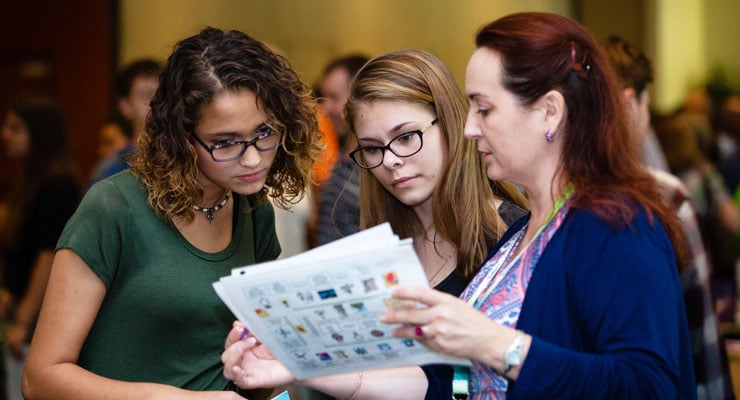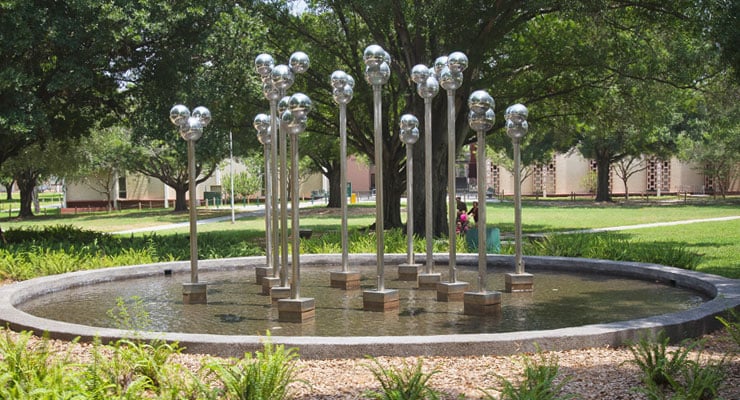Why You Should Apply to Multiple Colleges
By Joe Emerson | Last Updated: Mar 5, 2025

Applying to a single college, or just a few, means running a risk of being rejected by your target school and having to start the process from scratch with less time. That’s the short explanation for why you should apply to multiple colleges. The long explanation has several parts.
What’s the Recommended Number of Applications?
The closest thing to a one-size-fits-all recommendation on how many schools to put on your list is five to eight. That range, according to The College Board, is “usually enough to ensure that a student is accepted into a suitable institution.” College Board also notes that “there is no magic number.”
Here are the subcategories on that list of prospective schools and the recommended numbers for each: “safety” colleges (two to three), “probable” or “target” colleges (two to three), and “reach” schools (two). Safety schools are fallback picks where admission is all but guaranteed. “Probable” colleges are just what the name suggests, as are “reach” schools.
There is even a percentage on expectations for success when applying to schools in each category: safety schools, 80 percent or greater; probable schools, 30 percent to 80 percent; and reach schools, less than 30 percent.
Admission probability calculators are available free at countless online sites and on many school websites.

Needs, Circumstances Dictate Number of Applications
It’s worth repeating that there is no magic number of applications, just the number that’s right for you. Consider these determinative needs and circumstances:
- Very few schools meet your academic needs, minimizing your list.
- Very few schools meet your geographic needs, minimizing your list.
- You won’t settle for anything but an elite school, so you increase the number of applications to boost your odds of getting at least one green light.
- Your top pick is early decision or early action, so it’s acceptable to start the process with a single application.
- You call the shots because you have an academic record, life experience, rare talent, or athletic ability that schools cherish.
What people want, need, can do, and want to do aren’t the only factors that drive them to shrink or expand lists of prospective schools.
It Takes Time and Effort to Apply Effectively
The Common Application allows users to apply to their choices among more than 750 schools with a single application that can be adapted to the needs of their picks. The service caps an applicant’s number of prospective schools at 20. That’s not an unbreakable ceiling, but it’s a smart ceiling. Here are some reasons why:
- Time-consuming research to inform your school choices should be done before applications are sent.
- The schools you really want should be on a must-tour list, so cost and time issues multiply as your list lengthens.
- Admissions officers will know from your paperwork whether your consideration of their school is a fallback move or informed preference.
- Overloading yourself with a long list of schools and the work that entails could hurt your senior year high school performance.
- The physical and emotional costs of application overreach can be crippling.
Can you imagine the challenge of writing essays and getting references for a list that nears or exceeds 20 schools?

Each Application Has Financial Baggage
A story on the cost of the college application process in 2016 said the average application fee was $43, the most frequent application fee was $50, and the highest was $90. The story cited one student who paid $1,700 in fees for applying to 20 schools.
Here’s one breakdown of costs for applying to eight schools:
- $400 (most common application fee, $50, times eight)
- $45 (cost of one SAT exam)
- $42.50 (cost of one ACT exam)
- $43.75 (approximate cost of taking SAT or ACT a second time)
- $48 (cost of sending four additional test reports)
- $99 (cost of online test prep course)
The bottom line is $678.25 cents, with no guarantee that there won’t have to be additional applications. That total reflects baseline costs for taking tests and reporting the results. Those costs can climb:
- SAT allows four free reports within nine days of tests.
- ACT allows four free reports by first Thursday after test.
- SAT charges $12 per school for additional test reports.
- ACT charges $13 for each additional test report.
- SAT charges $31 per school for rush reporting.
- ACT charges $16.50 per test for rush reporting.
Test-related expenses, such as essay and subject add-ons, can push the bottom line even higher. And test add-ons aren’t the only extras. The cost of a successful application process can skyrocket with each visit to a distant campus, a vital part of researching top picks. The bottom line is your college costs pile up before you even get that first tuition bill, so make sure to factor in applications, especially if you plan on applying to many colleges.
Application costs and challenges vary by school. If USF is on your list, the Office of Admissions is always ready with advice and answers. Contact us online or by phone at 813-974-3350.


